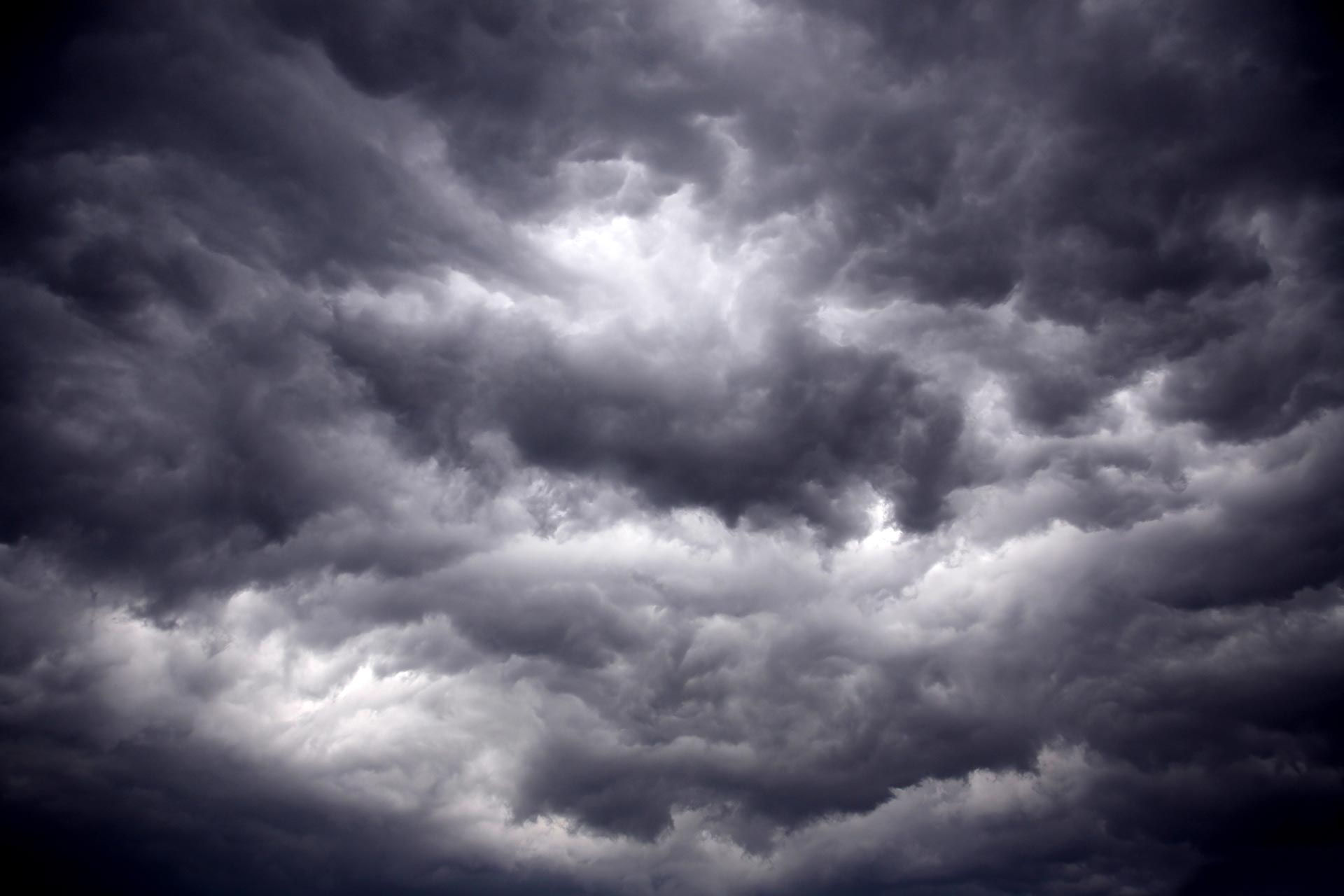STEVE'S "WILD" WORLD OF WEATHER...
- terryswails1
- Jan 29, 2020
- 3 min read

When I'm wondering about weather folklore and historical events this is the man I go to. With more than 50 years of statistical and observational research, he's the dude! When it comes to lunar cycles, woolly bear caterpillars, insects, bugs, and animals, he tracks them, records them, and establishes ties to weather patterns. He's a knowledgeable and interesting man. His name is Steve Gottschalk by way of Lowden, Iowa. I'm grateful to him for lending his unique perspective to the site. Steve's "wild" world of weather can be found every week right
here on TSwails.com. Take it away Steve!
THE TERRIFIC BLIZZARD OF JAN. 28-30, 1909
The storm began as light rain on the 28th and became heavier during the evening hours and then changed over to snow. About this time the winds steadily increased during the overnight and continued until the morning hours of the 30th. It was the worst blizzard in the N.W. sections in many years.

The extreme winds drifted the snow badly and blew down hundreds of windmills and thousands of telephone and telegraph poles across the state. All street car and railroad services were practically abandoned and many head of livestock perished due to the cold and exposure. The storm was so fierce that livestock would not face the wind and snow to try to seek shelter.
The highest wind gusts were 72 mph at Sioux City and 66 mph at Omaha. The heaviest snowfall was 8.0" at Iowa Falls and the temperature fell to -10 to -15 on the 30th. Some of the more important observers comments were as follows:
Alta - worst blizzard since 1888.
Atlantic - considerable damage to the buildings and great loss to the livestock.
Audubon - worst storm in the county history, the temperature fell from 40 to -8 in 24 hours. Many cattle and sheep perished.
Baxter - most disastrous storm to the livestock in my 53 years of living in the state. One farmer lost 27 head of cattle.
Boone - the maximum winds were from 6 to 8 a.m., windmills, telegraph and telephone poles blown. Buildings and trees damaged, railroads delayed and many head of livestock, chickens and birds perished.
Britt - much livestock perished and many windmills blown down.
Clarinda - estimated 65 mph winds with many windmills and chimneys blown down, evergreen trees uprooted and many windows broken.
Greene - poles and wires down with 75 windmills blown down in the vicinity.
Perry - worst storm since Dec. 1, 1856.
Sheldon - much damage to the buildings.
Washta - much damage to the telephone lines and plate glass windows.
FEBRUARY FIRST QUARTER MOON AND THE WEATHER:

Over the years I had several farmers tell me that the weather always changes around the time of the First Quarter moon. My research has shown that there is some precipitation around 80% of the time during this lunar phase. There is a change in the wind direction 95% of the time and a temperature change 95% of the time.
TOO COLD FOR THE GROUNDHOG?

I found two very cold groundhog days. The first one was in 1905 with some of the coldest readings that day being:
Ida Grove - -41.
Little Sioux - -38.
Denison and Harlan - -37.
Larrabee, Sibley and Atlantic - -36.
Sheldon and Audubon - -35.
The second time was more recent, in 1996 with the coldest readings being:
Cresco - -36.
Guthrie Center - -35.
Boone, Waukon and Decorah - -34.
Northwood - -33.
That's all for now. On the "wild" side of weather I'm Steve Gottschalk.













Comments